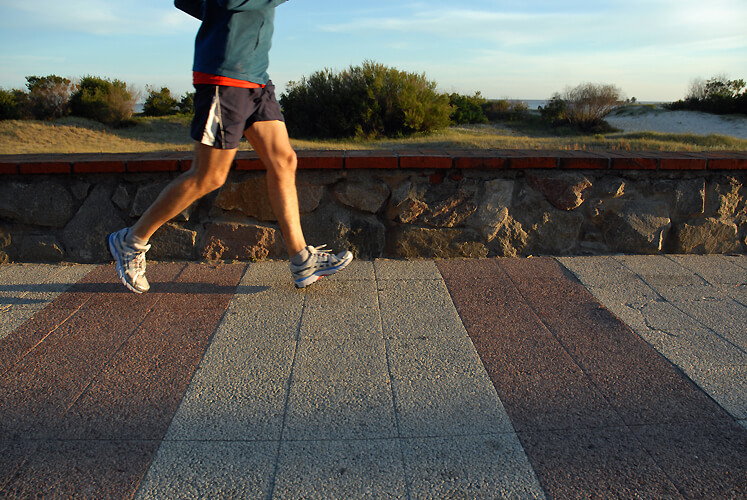Twenty-five years ago, the Assistant Commissioner of Education for New York State (L. Meno) asked all twenty-six content areas in New York public education (Math, English, Science, Social Studies, Music, Home Economics, Physical Education, and so on.), to justify their content area’s impact on “Adult Behavior.” In short, he was asking about the significance of each content area and why it was important to society. It was an interesting question. It forced us to question the impact and importance of physical education to ourselves and to society.

At the time, I was asked to chair the committee responsible for responding to the Commissioner’s request. It gave my colleagues and I a chance to reflect upon the impact of physical education on adult behaviors and to identify what was critically important about our content. Why should parents and community members be willing to continue to support New York state’s physical education requirement and be happy to fund it through their school tax dollars?
The question posed to us also assumes, and rightly so, that what we do in public school physical education with children has an impact on their behavior later as an adult. It made us think about the fact that when children have negative experiences in physical education it will likely result in negative feelings about physical education and physical activity as adults. Persistently scoring in the lower half of a fitness or skill test also risks negative outcomes. It seemed obvious to us in New York state that we had far too many parents and school administrators who after having negative experiences in physical education as children grew up unwilling to support the physical education as it currently existed.